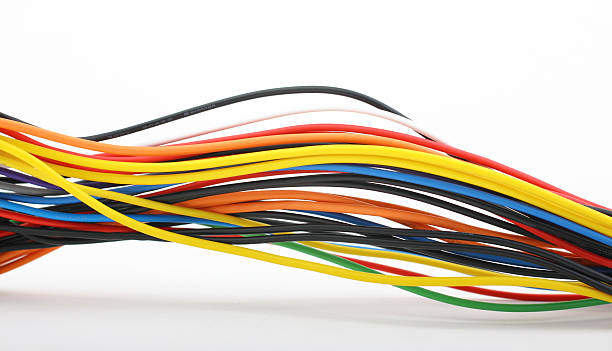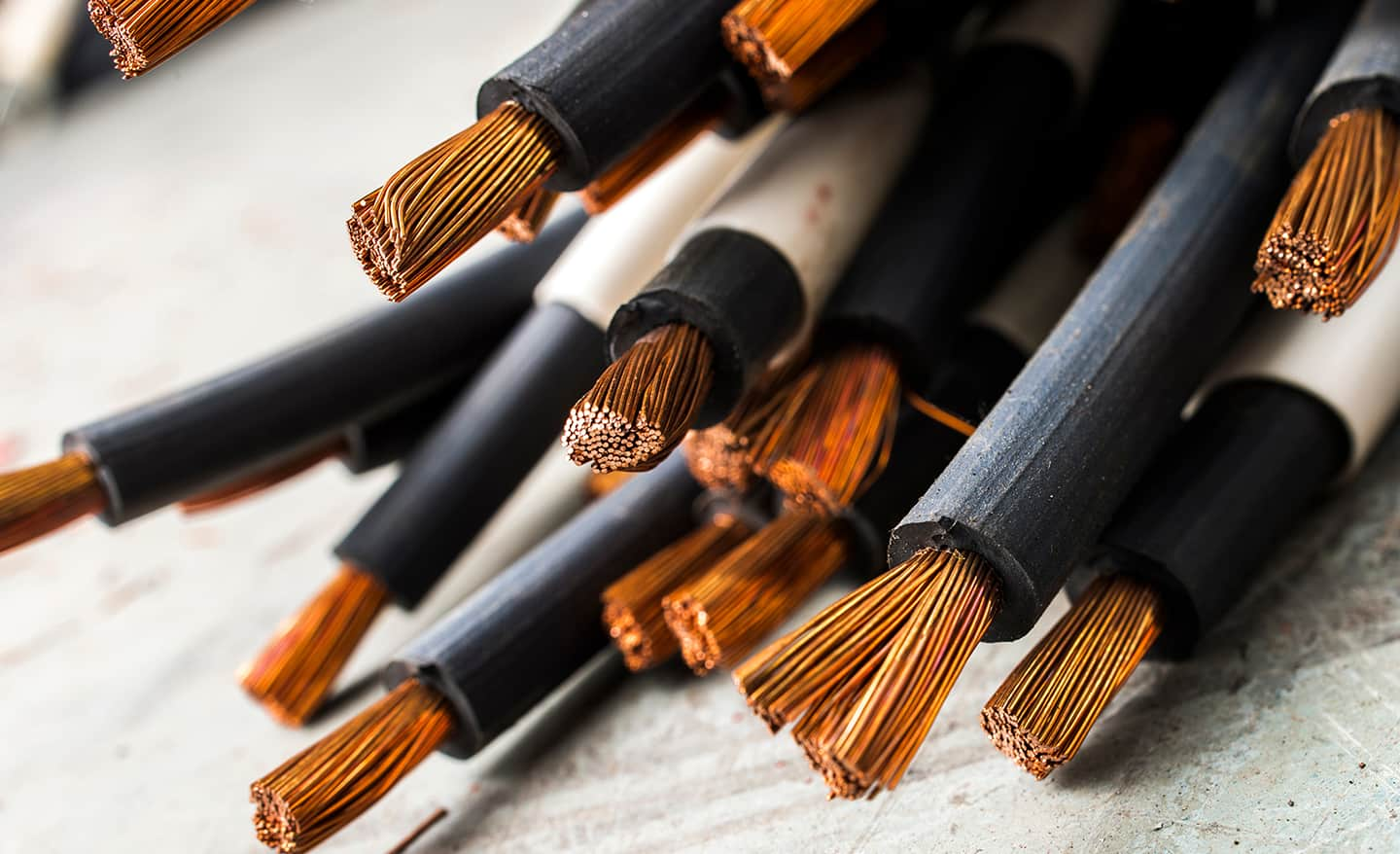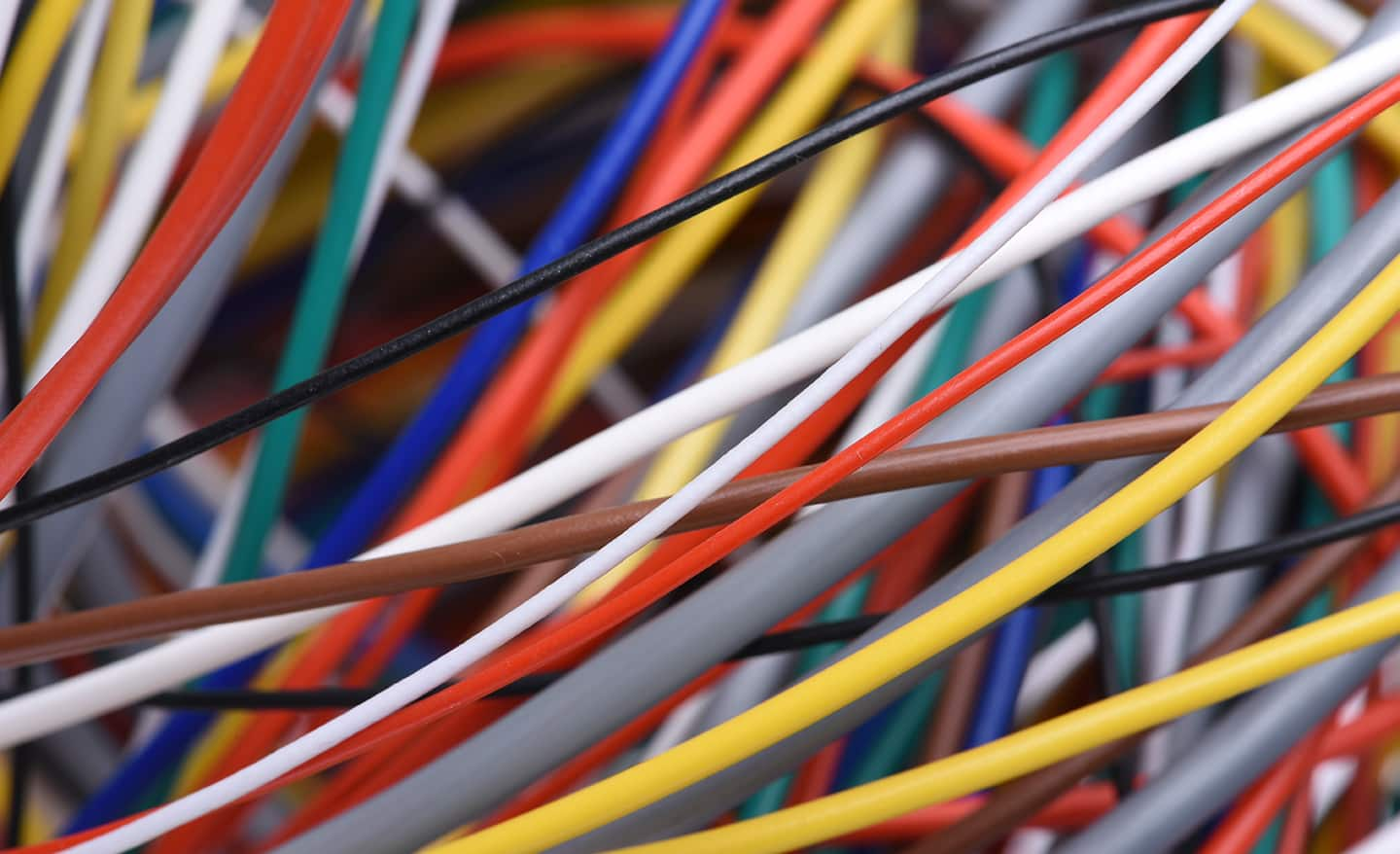The Ultimate Guide to Choosing the Right Electrical Wire for Your Home
Understanding the Language of Electrical Wires: A Guide from Cauvery Powers

At Cauvery Powers, we understand that navigating the world of electrical supplies can be complex. Choosing the right electrical wires seems like a simple task, but with various types and sizes available, it can be overwhelming. This blog post aims to simplify electrical wire knowledge for homeowners and DIY enthusiasts.
Know Your Wires: Understanding Wire Basics
Electrical wires are the lifeblood of your electrical system, carrying electricity throughout your home. They come in various types, sizes, and colors, each with a specific purpose. Here's a breakdown of the essential things to know about electrical wires:
Conductor Material: The core of an electrical wire is called the conductor, typically made of copper or aluminum. Copper is the most preferred choice due to its superior conductivity and durability.
Insulation: Every wire has an insulated layer surrounding the conductor. This insulation protects users from electrical shock and prevents short circuits. The color of the insulation typically signifies the wire's function.
Wire Gauge: Wire gauge refers to the thickness of the wire, denoted by a numerical value (e.g., 10-gauge, 12-gauge). Thicker wires (lower gauge numbers) can handle higher current loads.
Common Types of Electrical Wires in Your Home
Here's a glimpse into some of the most commonly used electrical wires in residential settings:
NM-B Cable: This is the most commonly used cable for indoor residential wiring. It features two or more insulated copper wires encased in a non-metallic sheath (NM) and is rated for temperatures up to 194 degrees Fahrenheit (B).
Romex® (NM-B Cable): A trademarked version of NM-B cable, widely used for its ease of use and flexibility.
THHN/THWN Wire: This type of wire is often used in conduit applications and high-temperature locations. The letters indicate Thermoplastic insulation, Heat resistance (HH or N for higher temperatures), Wet location (W), and Nylon coating (N).
Grounded (Green or Bare Copper): This wire provides a path for any stray current to flow to the ground, ensuring safety in case of accidental contact.
Black/Red/Blue (Ungrounded): These colored wires typically carry the electric current to power outlets, switches, and appliances. Always double-check the wiring configuration before working on electrical systems.
Fire Safety Feature Categories: FR and FRLSH Wires
When it comes to safety, some wires offer additional fire protection features:
FR (Flame Retardant): These wires are designed to resist ignition and self-extinguish if a fire occurs. They are ideal for areas with a higher risk of electrical fires, such as near heat sources or in some industrial settings.
FRLSH (Flame Retardant, Low Smoke, Low Halogen): These wires take fire safety a step further. In addition to being flame retardant, FRLSH wires are engineered to produce minimal smoke and fumes during a fire. This is crucial in areas where visibility and safe evacuation are critical, such as high-rise buildings or public spaces
Wire Material

Most wire will be marked “CU” for copper, the most common conductor of residential electricity. Because electricity travels on the outside of copper wire, these wires are insulated to protect against fire and shock.
Aluminum wire is more conductive than copper wire, but it also degrades faster. For this reason, aluminum wire typically isn’t used in homes. Older wire could be aluminum or copper-clad aluminum. To comply with NEC guidelines, aluminum wire should only be installed by a professional electrician.
Wire Colors

A wire’s color tells you the purpose of the wire. The NEC references the white conductor as the grounded conductor, the green or bare as the equipment grounding conductor, and the other colors as the ungrounded conductors. Typically, white wire is neutral wire and green or bare wire is ground wire. Any other color is usually a hot wire that carries an electrical current.
- White insulation: Typically considered neutral but can sometimes be used as a hot lead in certain situations, such as switch loops. In existing wiring jobs, white wires may also be marked with black or red to indicate that it’s now a hot wire.
- Green insulation and bare copper: Ground wire.
- Black insulation: Hot wire for switches and outlets.
- Red insulation: Hot wire for switch legs and hardwired smoke detectors.
- Blue/Yellow insulation: Hot wire pulled through a conduit.
Safety Tip: Always test wires with a volt checker. A neutral can be just as dangerous as a hot wire. It still has the potential to electrocute you. It can also "ground out" and electrify any metal it meets. Treat every wire as though it’s a hot wire. If you have any uncertainty as to whether a white wire is used as neutral or hot in a project, check with a professional electrician.
Safety First: Essential Tips for Handling Electrical Wires
Electrical work requires caution. Here are some safety tips to remember when dealing with electrical wires:
Turn off the power: Always shut off the power supply at the breaker box before working on any electrical wiring.
Identify the wires: Use a voltage tester to confirm that wires are de-energized before touching them.
Don't overload circuits: Using wires with a gauge rating inadequate for the current load can lead to overheating and fire hazards.
Seek professional help for complex tasks: If you're unsure about any electrical wiring task, consult a qualified electrician to ensure safety and proper installation.
Get the Right Wire for the Job: Visit Cauvery Powers
At Cauvery Powers, we offer a wide range of electrical wires from leading brands to suit your specific needs. Our knowledgeable staff can help you identify the right wire gauge and type for your project, including FR and FRLSH wires (subject to electrical code compliance and professional consultation). Visit our store or browse our selection online to find the perfect electrical wires for your home.
Remember, this blog post serves as a basic guide. For any electrical work beyond simple replacements, consulting a licensed electrician is recommended to ensure safety and adherence to electrical codes.








